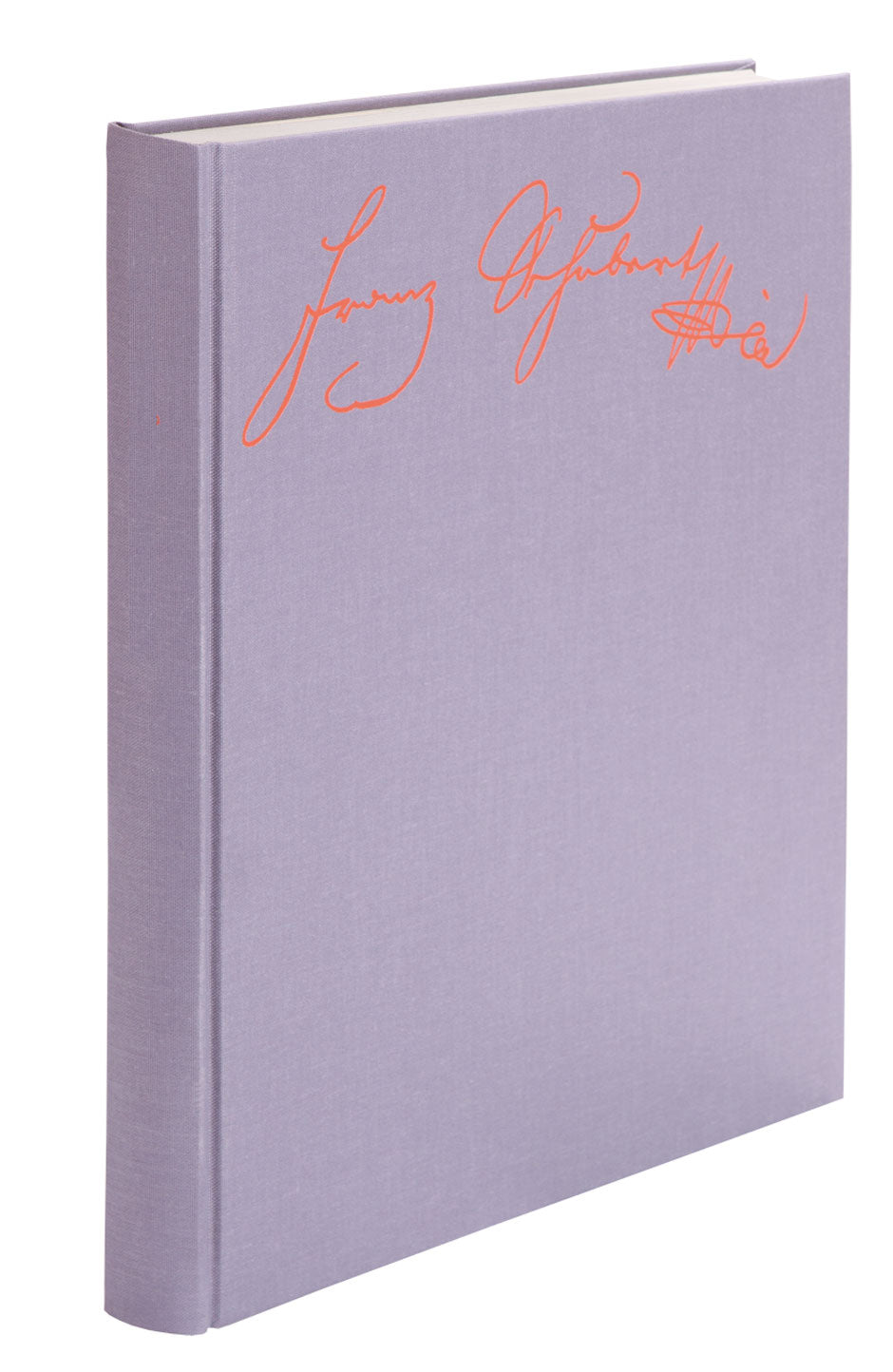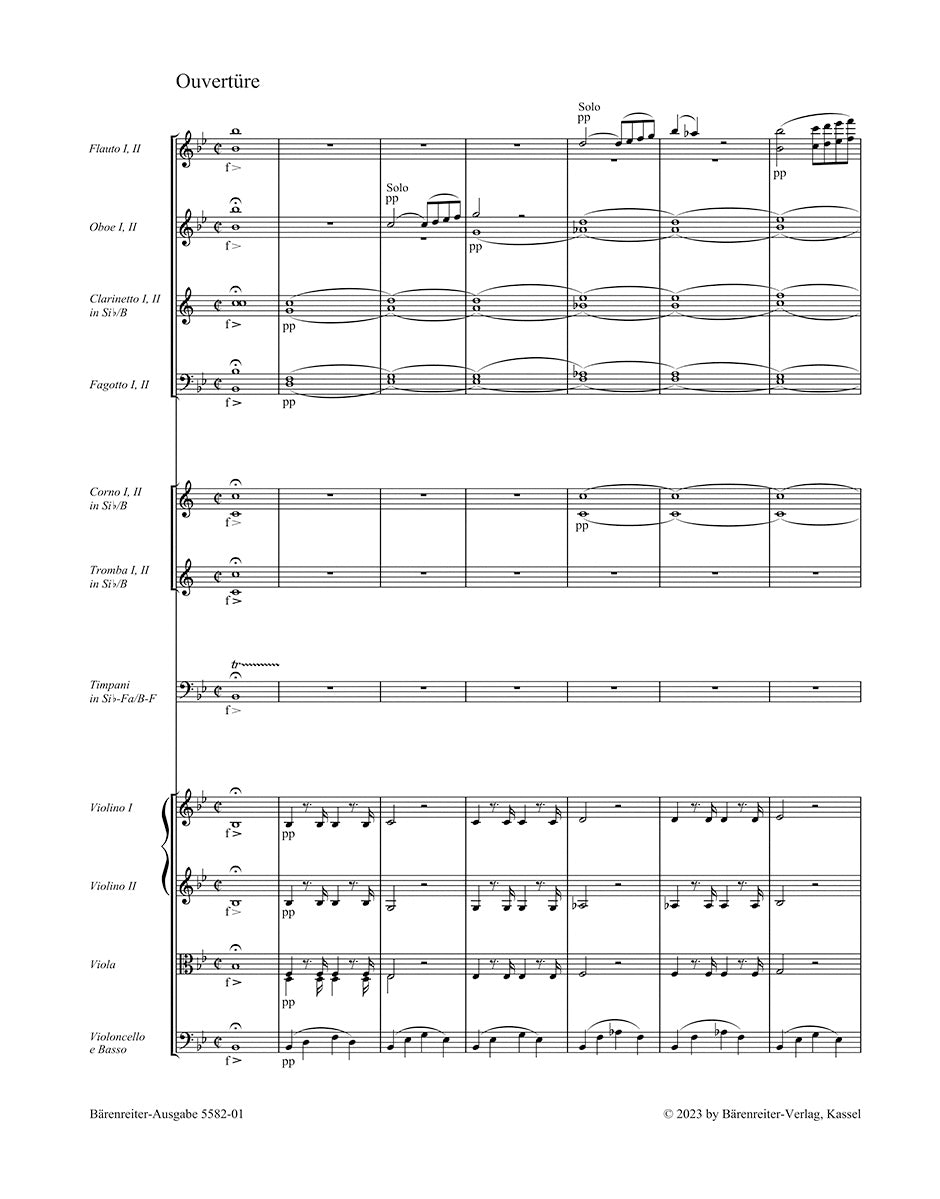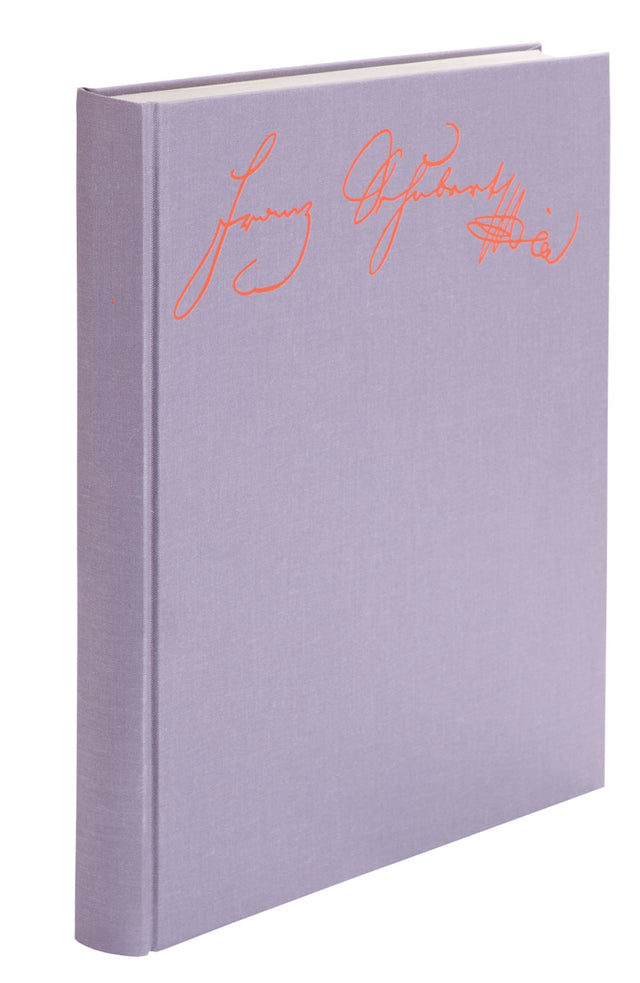Schubert: Der Spiegelritter, D 11
In stock and typically ships within 1 business day.
- Composer: Franz Schubert (1797-1828)
- Editor: Felix Loy
- Format: Full Score
- Instrumentation: Opera
- Work: Der Spiegelritter, D 11
- Binding: Hardcover
- ISMN:
- Size: 10.2 x 13.0 inches
- Pages: 221
Description
Unfortunately, it has remained a fragment: "Der Spiegelritter" D 11, based on a libretto by August von Kotzebue, is Franz Schubert's earliest surviving stage work and thus marks the beginning of his almost lifelong endeavours to establish himself as a stage composer. The composer left behind eleven completed and a further eight unfinished works, of which only three were ever performed during his lifetime.
"Der Spiegelritter" D 11, which belongs to the Singspiel genre, is a typical "Viennese magic opera", which was popular and successful in Vienna even before Mozart's "The Magic Flute" and still in Schubert's day. As Schubert's autograph is undated and there are no other known sources on the question of when it was composed, numerous philological clues had to be used to narrow down the date. in the Introduction to the volume, the editor deals in detail with the complex question of dating, the libretto source, the classification of the fragmentary parts in the plot, questions as to the writing materials used in the corrections and the scoring. The edition itself presents the last authentic version of the fragment as it is seen in the autograph. However, not only did the work remain unfinished as a whole, but two of the surviving musical numbers are also fragments. in order to better place the composed parts in their dramatic context, the appendix of the volume contains the complete libretto as Schubert probably had it.
Publishers use a lot of words to describe what they sell, and we know it can be confusing. We've tried to be as clear as possible to make sure you get exactly what you are looking for. Below are descriptions of the terms that we use to describe the various formats that music often comes in.
Choral Score
A score for vocalists that only contains the vocal lines. The instrumental parts are not there for reference. Generally, cheaper than a vocal score and requires multiple copies for purchase.
Facsimile
Reproductions of the original hand-written scores from the composer.
Full Score
For ensemble music, this indicates that the edition contains all parts on a single system (there are not separate parts for each player). In larger ensembles, this is for the conductor.
Hardcover
Hardbound. Generally either linen-covered or half-leather.
Orchestral Parts
Similar to a wind set, this is a collection of parts. In the case of strings, the numbers listed are the number of copies included, though generally these are available individually (often with minimum quantities required).
Paperback
When publishers offer multiple bindings (e.g. hardcover) or study scores, this is the "standard" version. If you're planning to play the music, this is probably what you want.
Performance / Playing Score
A score of the music containing all parts on one system, intended for players to share. There are not separate parts for each player.
Set of Parts
For ensemble music, this indicates that there are separate individual parts for each player.
Solo Part with Piano Reduction
For solo pieces with orchestra, this is a version that contains a piano reduction of the orchestra parts. For piano pieces, two copies are typically needed for performance.
Study Score
A small (think choral size) copy of the complete score meant for studying, and not playing. They make great add-ons when learning concertos and small chamber works.
Vocal Score
A score prepared for vocalists that includes the piano/organ part or a reduction of the instrumental parts.
Wind Set
For orchestral music, this is a collection of wind and percussion parts. The specific quantities of each instrument are notated.
With Audio
In addition to the printed music, the edition contains recordings of the pieces. This may be an included CD, or access to files on the internet.
With / Without Fingering (Markings)
Some publishers prepare two copies - a pure Urtext edition that includes no fingering (or bowing) suggestions and a lightly edited version that includes a minimal number of editorial markings.





